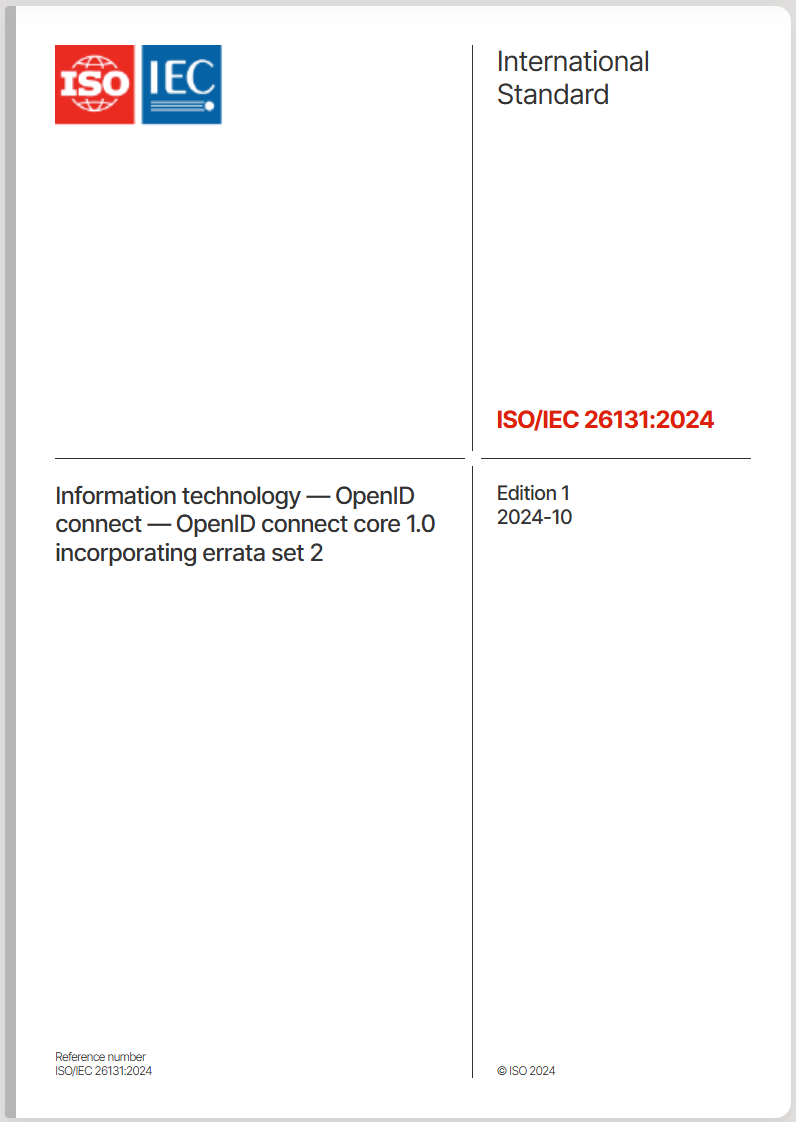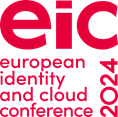 My co-authors and I published updated versions of eight specifications in preparation for IETF 119 in Brisbane. The specifications span three working groups: JOSE, COSE, and OAuth. The updated specifications and outcomes when discussed at IETF 119 are as follows.
My co-authors and I published updated versions of eight specifications in preparation for IETF 119 in Brisbane. The specifications span three working groups: JOSE, COSE, and OAuth. The updated specifications and outcomes when discussed at IETF 119 are as follows.
1, 2, & 3: JSON Web Proof, JSON Proof Algorithms, and JSON Proof Token. Updates were:
- Normatively defined header parameters used
- Populated IANA Considerations sections
- Allowed proof representations to contain multiple base64url-encoded parts
- Specified representation of zero-length disclosed payloads
- Added Terminology sections
- Updated to use draft-irtf-cfrg-bbs-signatures-05
- Updated to use draft-ietf-cose-bls-key-representations-04
- More and better examples
- Improvements resulting from a full proofreading
Continued reviews and feedback from implementations are requested.
4: Fully-Specified Algorithms for JOSE and COSE. Updates were:
- Published initial working group document following adoption
- Added text on fully-specified computations using multiple algorithms
- Added text on KEMs and encapsulated keys
- Updated instructions to the designated experts
It was agreed during the JOSE meeting to describe what fully-specified algorithms for ECDH would look like, for consideration by the working group.
5: OAuth 2.0 Protected Resource Metadata. Updates were:
- Switched from concatenating
.well-known to the end of the resource identifier to inserting it between the host and path components of it
- Have
WWW-Authenticate return resource_metadata URL rather than resource identifier
It was decided to start working group last call during the OAuth meeting.
6: COSE “typ” (type) Header Parameter. Updates were:
- Added language about media type parameters
- Addressed working group last call comments
- Changed requested assignment from 14 to 16 due to conflict with a new assignment
- Addressed GENART, OPSDIR, and SECDIR review comments
This document is scheduled for the April 4, 2024 IESG telechat.
7: Barreto-Lynn-Scott Elliptic Curve Key Representations for JOSE and COSE. Updates were:
- Changed to use key type
EC for JOSE and equivalent EC2 for COSE for uncompressed key representations
- Changed identifier spellings from “Bls” to “BLS”, since these letters are people’s initials
We received feedback to not add compressed key representations to the draft.
8: Use of Hybrid Public-Key Encryption (HPKE) with JavaScript Object Signing and Encryption (JOSE). Updates were:
It was decided to start a working group call for adoption during the JOSE meeting.
Thanks to all who contributed to the progress made on these specifications, both before and during IETF 119!
 I’m pleased to report that the “OAuth 2.0 Protected Resource Metadata” specification has been approved by the IESG and is now in the RFC Editor queue.
I’m pleased to report that the “OAuth 2.0 Protected Resource Metadata” specification has been approved by the IESG and is now in the RFC Editor queue.







